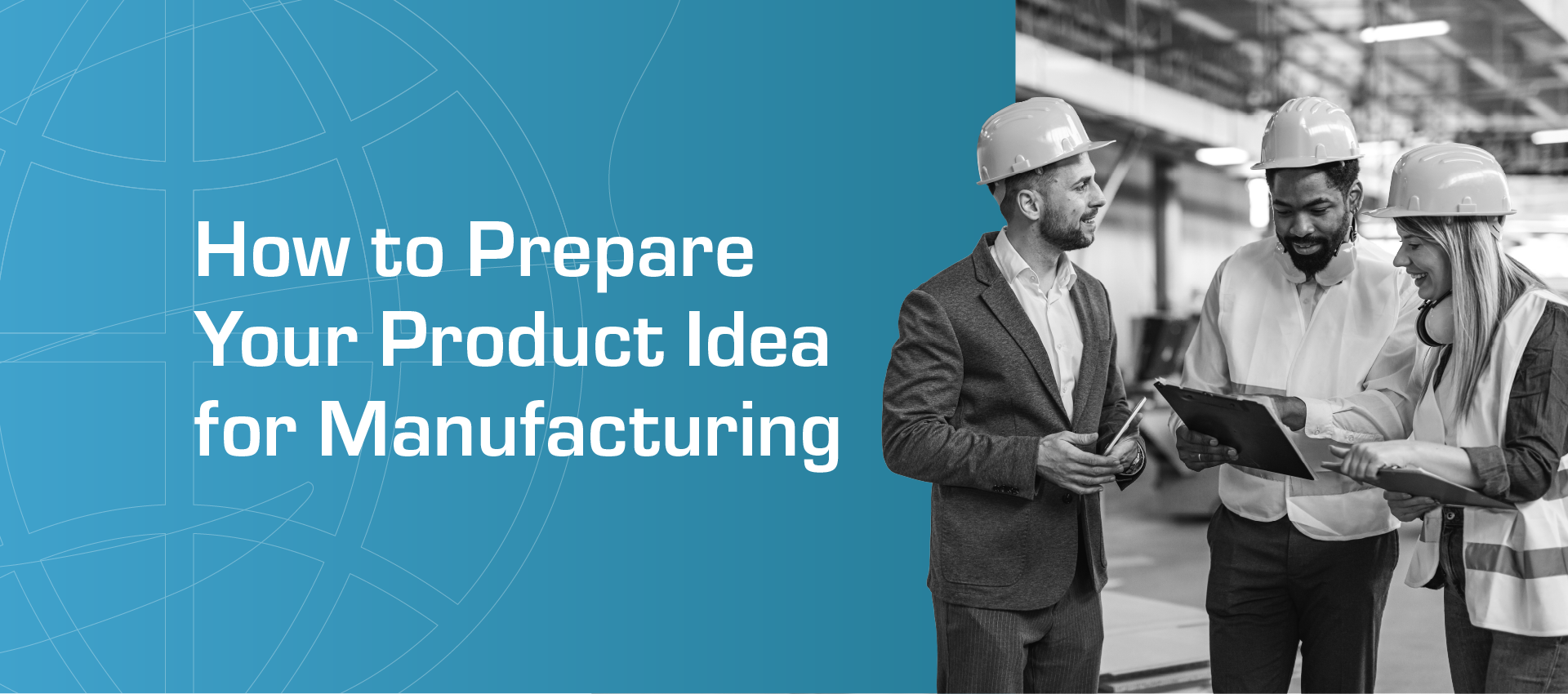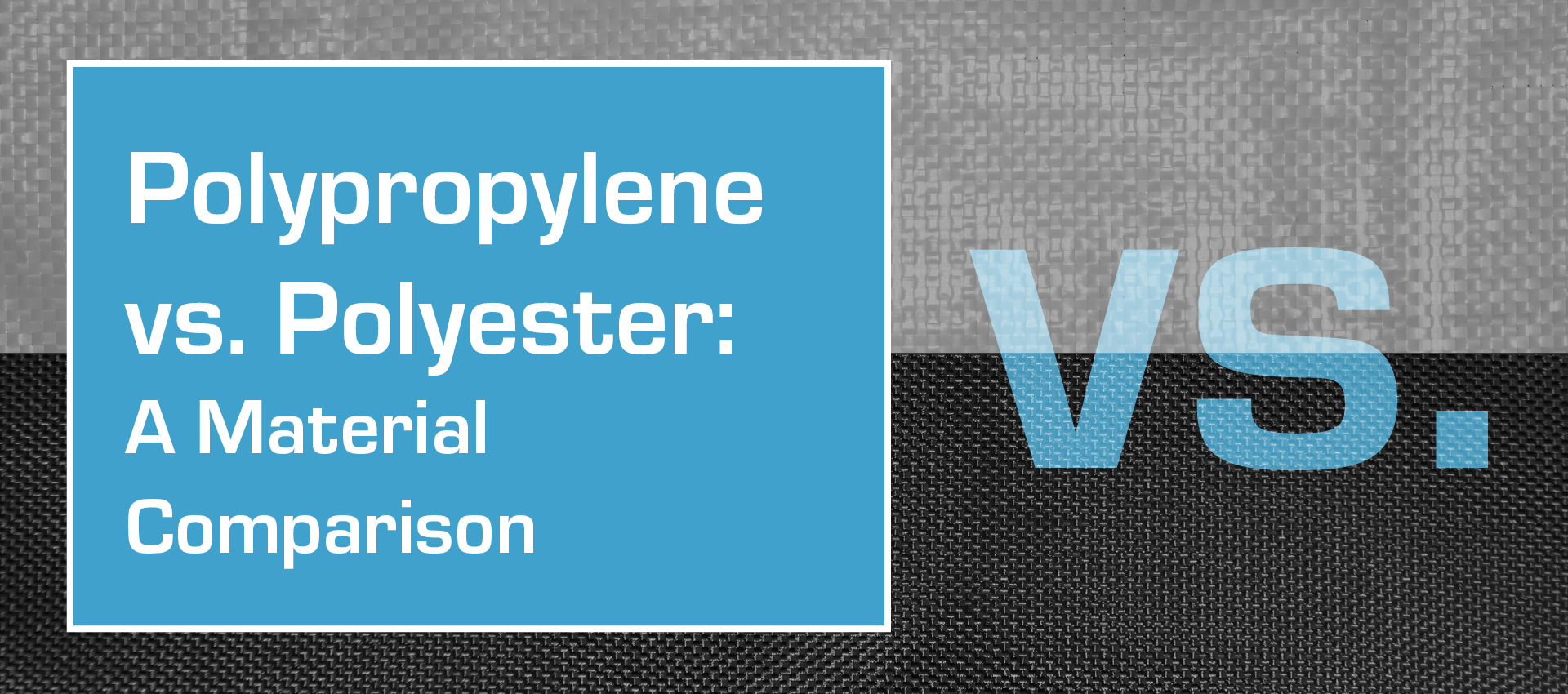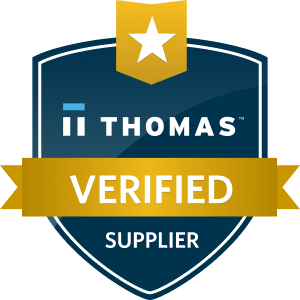Contract vs OEM Manufacturing: Key Differences Explained
The way a product is manufactured plays a major role in how it performs, how much it costs, and how well it meets customer needs. Contract manufacturing and OEM are two common approaches, but they serve different purposes.
Choosing between
contract manufacturing vs OEM depends on how much input you want during development, how proprietary the product is, and what kind of relationship you want with the manufacturer. Some companies need a partner to help create a product from the ground up. Others already have a product design and need a reliable factory to produce it under their brand. Knowing what each one offers can help you avoid delays, reduce costs, and build a better product from the start.
What is OEM (Original Equipment Manufacturing)?
OEM manufacturing involves producing a product that has already been designed and developed. In most cases, the company providing the design owns the intellectual property and branding, while the OEM handles production based on those specifications.
This method is often used when a business has a well-defined product and needs a manufacturing partner to produce it consistently, at scale. The OEM typically does not assist in design or engineering decisions. They focus strictly on production.

Advantages of OEM
OEM manufacturing offers several benefits for companies that already have a finished design and want consistent production:
Consistent Quality
Products are manufactured to exact specifications, which helps maintain uniformity across every unit.
Lower Unit Costs at Scale
Once production is set up, larger order volumes often result in cost savings.
Faster Production Timeline
With no need for design or development, OEMs can start manufacturing quickly.
Brand Control
The company retains full ownership of the product design, brand, and customer relationships.
Streamlined Supply Chain
Production is focused strictly on manufacturing, which can simplify logistics and planning.
This model works best for businesses that want reliable output and already have a product ready for the market.
Disadvantages of OEM
While OEM manufacturing can work well in the right situations, there are some drawbacks to consider:
Limited Flexibility
OEMs follow fixed designs. Adjustments or changes usually require new tooling or a revised agreement.
No Product Development Support
These manufacturers don’t typically help with prototyping, testing, or solving design issues.
Upfront Investment
A completed design is required before production, often along with tooling or setup costs.
Intellectual Property Risk
Depending on the region, there can be concerns about product protection and potential unauthorized duplication.
Vendor Dependency
Once production is underway, shifting to a new supplier can cause delays and added costs.
For companies that need more hands-on development or customization, contract manufacturing follows a different approach.
What is Contract Manufacturing?
Contract manufacturing involves a partnership where the manufacturer supports both development and production. Companies often come in with an idea, rough concept, or early prototype. The manufacturer helps refine the design, select materials, and create a production-ready version.
After development, the same team manages full-scale manufacturing using processes like RF welding or industrial sewing.
Contract manufacturing works well for projects that require flexibility, problem-solving, and technical collaboration.
Advantages of Contract Manufacturing
Contract manufacturing offers a range of benefits, especially for companies developing complex or customized products:
Development Support: Manufacturers often assist with design refinement, prototyping, and engineering challenges.
Flexibility: Customization of materials, construction methods, and production volumes is more achievable.
Faster Problem Solving: Design and manufacturing teams work closely together to address issues before they affect production.
Access to Specialized Processes: Partners may offer services like RF welding or industrial sewing that aren't widely available.
Scalable Production: Once the product is finalized, the same partner can manage both small runs and large-scale orders.
Disadvantages of Contract Manufacturing
While contract manufacturing provides flexibility and support, there are a few tradeoffs to consider:
Longer Development Timeline: Early-stage involvement often adds time before production can begin.
Higher Initial Costs: Design assistance, prototyping, and small-batch runs may require a larger upfront investment.
Shared Control: Some decisions may shift to the manufacturing partner during development.
Complex Communication: Coordinating between engineering, design, and production teams can add extra steps.
For companies that need help turning an idea into a finished product, these challenges are often worth it. But for those with a finalized design and minimal changes needed, OEM may be a more direct route.
Core Differences Between Contract and OEM Manufacturing
The biggest difference is how involved the manufacturer is in the early stages. Contract manufacturing includes design input, material selection, and helps refine the product. OEM manufacturing begins after the product has already been developed.
Contract manufacturers work closely with companies that need custom solutions or adjustments before production. OEMs are better suited for products that are fully designed and ready to be produced at scale.
When to Choose OEM Manufacturing
OEM manufacturing works best for companies that already have a finished design and want consistent, large-scale production. Products that are fully developed, tested, and ready for market can move quickly into manufacturing under this model.
It’s also a strong option when protecting proprietary designs is important. Companies maintain full ownership of the product and brand, while the OEM focuses strictly on manufacturing to spec.
OEM is often the right choice for businesses that need speed, volume, and repeatability without changes to the original design.
When to Choose Contract Manufacturing
Contract manufacturing is a good fit for companies that have a concept or early-stage design and need help making it production-ready. Products that require custom materials, unique construction methods, or technical adjustments benefit from this model.
It’s also useful when internal resources are limited. The manufacturer can handle engineering, prototyping, and production, all under one roof.
For businesses looking to solve design challenges, improve functionality, or scale a new idea, contract manufacturing gives the flexibility to move from concept to finished product efficiently.

Carolina CoverTech’s Approach to Contract Manufacturing
Carolina CoverTech works closely with companies that need durable, high-performance products designed to cover, protect, contain, or enclose. Many of the projects that come through our doors start with an idea or challenge. Our team helps turn that into a manufacturable solution using a mix of product development, engineering, and hands-on fabrication.
We specialize in flexible and sealed products that need to be weather-resistant, air-tight, liquid-tight, or built to handle demanding use. Our core services include RF welding, industrial sewing, and rigid-to-flexible conversions. These capabilities allow us to take on complex jobs that require more than standard assembly.
Real-World Applications & Industries We Serve
Carolina CoverTech manufactures products for industries that need durable, high-performance solutions. Some of these include:
Medical and Safety: Flexible containment units, sealed barriers, and protective covers
Transportation: Custom enclosures and textile components for vehicles and equipment
Military and Defense: Rugged fabric products built for harsh conditions
Industrial and Environmental: Spill containment systems, liners, and weather-resistant enclosures
Agriculture: Outdoor storage and protective materials built to withstand tough environments
Our work focuses on products that cover, protect, contain, or enclose, especially when standard manufacturing isn’t enough.
Choosing the Right Partner for Your Project
Every product comes with its own challenges. Some are ready to build. Others still need the right materials, the right process, or the right problem-solver. That’s where the choice between contract manufacturing vs OEM matters.
Carolina CoverTech works best where standard solutions fall short. If you’re building something that needs to hold up, seal tight, or adapt to harsh conditions, we’re ready to help.
Contact us to turn your idea into a product that performs exactly how it should.




